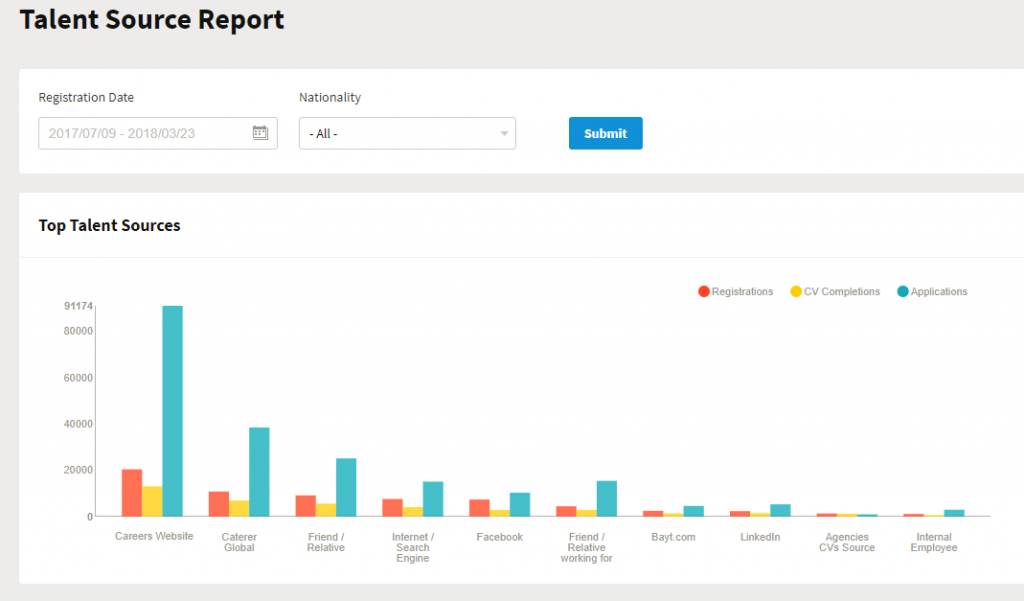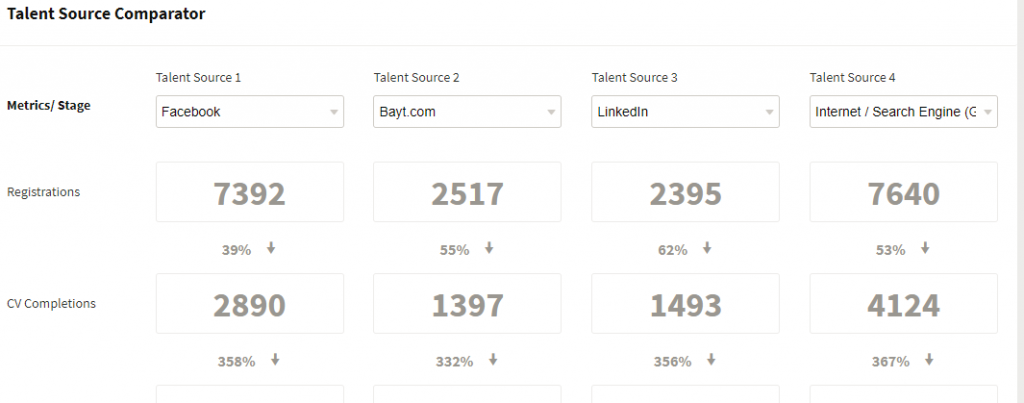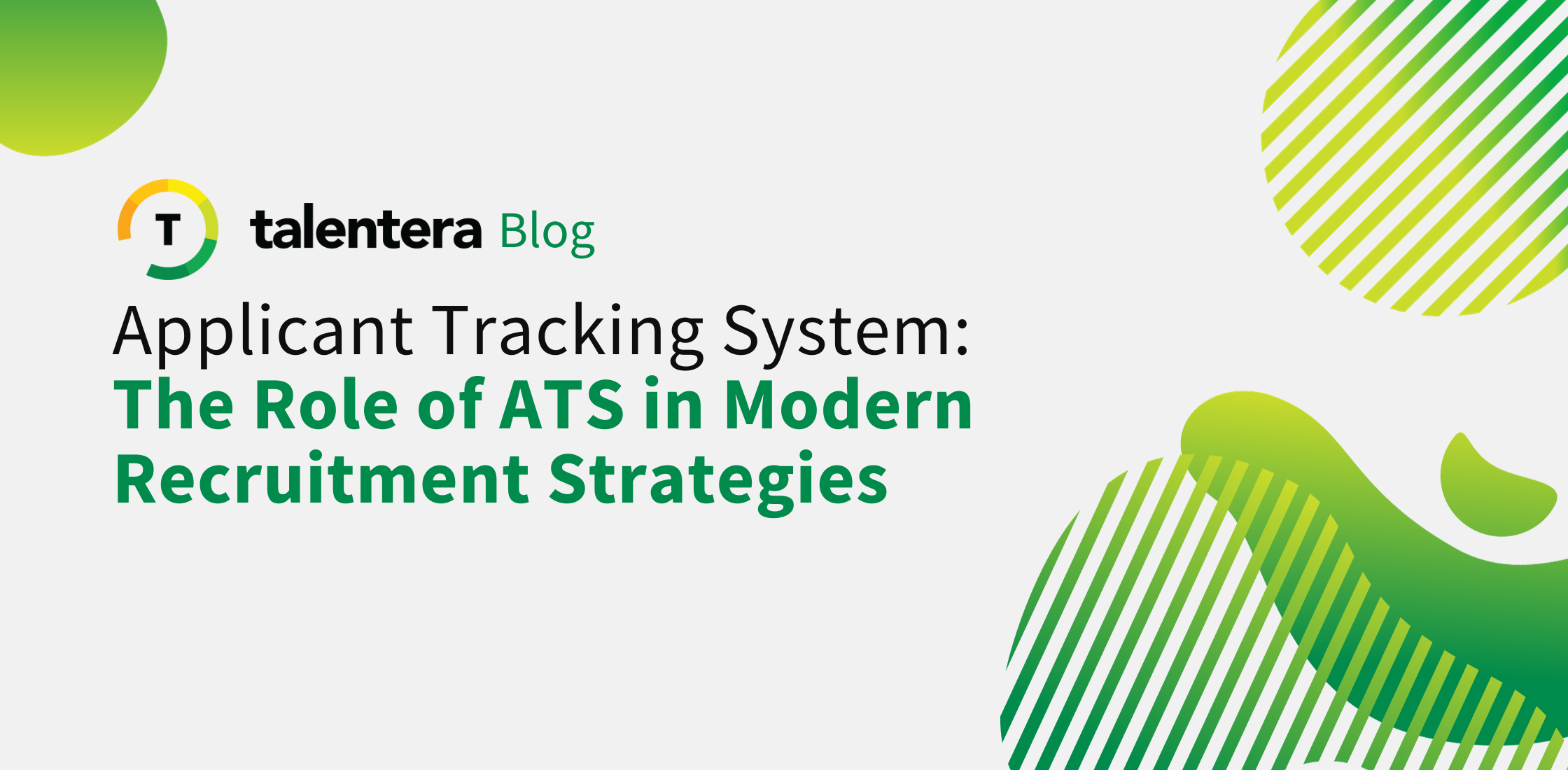
“What gets measured, gets managed“- Peter Drucker (an undisputed management scholar) was on to something when he said these famous words. Your workforce is your backbone; building your dream team of Spartans that drives profitability, excellence and innovation requires effort and attentive tracking. All HR managers seem to have their favorite recruitment metrics, however some work better than others to define the value that your talent acquisition sources bring to the table. This is why when it comes to performance measurement, it’s time to revisit recruitment sourcing methods to identify which channels are truly your unsung heroes.
It’s 2018, and the range of channels driving in job seekers to your organization are as diversified as ever including branded career portals, recruitment agencies, social media platforms, online job boards, employee referrals, etc. This adds to the complexity of HR decision making- what channels are your top performers, and deserve more investment than others? Fortunately, deriving actionable insights is a possibility using the right tools to support your recruitment sourcing strategy. If you’re ready to make the source of hire your go-to metric to ensure hiring efficiency, here’s our take on simple solutions to get you started.
Use Excel To Track Your Hiring
With the constant inflow of candidate CVs, it’s easy to lose track of sources, their status in the recruitment funnel, and any associated communications. If you’re a small organization and looking to add minimal structure to the recruitment process to reduce frustration, you can take your first step towards better tracking through a simple excel worksheet that helps overcome data redundancy and collaboration struggles.
By adding applicant identifiers (name, contact details, vacancy applied for, etc.). you are already well on your way to using automation to your advantage. Go a step further by inserting details such hiring status (shortlisted, interviewed, offer letter sent, etc.), source of talent, and additional comments to digitally keep a record of hiring activities. Excel pros can also build data entry speed into their spreadsheets with drop-down menus for easy readability and applicant sorting, meanwhile tracking the volume of leads generated from each channel to derive trends such as candidate relevance and overall effectiveness.
As simple as this is, using a spreadsheet is not the best candidate sourcing tool for businesses with high hiring volumes interested in building a talent pipeline with long-term value. It does little to strengthen your brand, and the administrative work involving data entry with an expanding talent pool might require you to expand your HR team to keep up with the workflow.
Invest in A Powerful Applicant Tracking System
For medium to large scale enterprises, the most minor inefficiencies in candidate sourcing strategies can trigger a huge impact. A recent study conducted by PwC led to the conclusion that almost 28% of a company’s total operating expenses are traced to their HR division- a staggering figure that reinforces the need for talent sourcing optimization. With a fast and furious speed of operations, there are hundreds of potential candidates that have to be filtered down for each vacancy to select the best, quite a daunting challenge to say the least.
This is where investing in the right Applicant Tracking System (ATS) saves the day by eliminating manual source management. It allows hiring managers to focus on their preferred areas of the recruitment funnel, and ultimately invest time and budgets into sources where the ROI exceeds others. An ATS such as Talentera provides real-time reporting so you can take charge using a clear yet detailed snapshot of the channels delivering best results (taking into consideration both quality and quantity).
Using the Talent Source Report, get ready to track the volume of talent acquired from each candidate stream such as career portals, social media platforms, partner agencies, employee referrals, etc. Taking their insights up a notch, it also provides breakdown of job seeker registrations, CV completion and applications received per channel within defined date ranges and even nationalities of choice to help with local national hiring targets, and practically effortless performance tracking.

That’s not all, the Talent Source Comparator feature is all that you’ve dreamt of, and then some. Select up to 4 of your favorite talent streams that you’d like to compare, and the report will give you a precise output of the number of candidates across various stages of the recruitment funnel including registrations, applications, shortlisted, interview activities, offer letters sent, rejections, etc. Moreover, the corresponding percentages make your HR activities efficient, trackable, comparable, shareable and perfect for data-driven decision making. What we’re really trying to say is that If you’re looking for the ultimate asset to amplify recruitment efforts, unriddle accuracy and visibility of source effectiveness- Talentera has you covered.
Conclusion
Candidates are changing their job search preferences and technologies, making it essential for employers to keep up with the evolving recruitment channels. Every company has a unique hiring process in place and determining where to find the right talent requires deeper understanding of source performance. Depending on the scale of operations, you can choose a solution that aligns best with your hiring needs to refocus refocus candidate sourcing strategy, reduce recruitment spending and increase ROI – all while nurturing a talent community you’ve always wanted.







